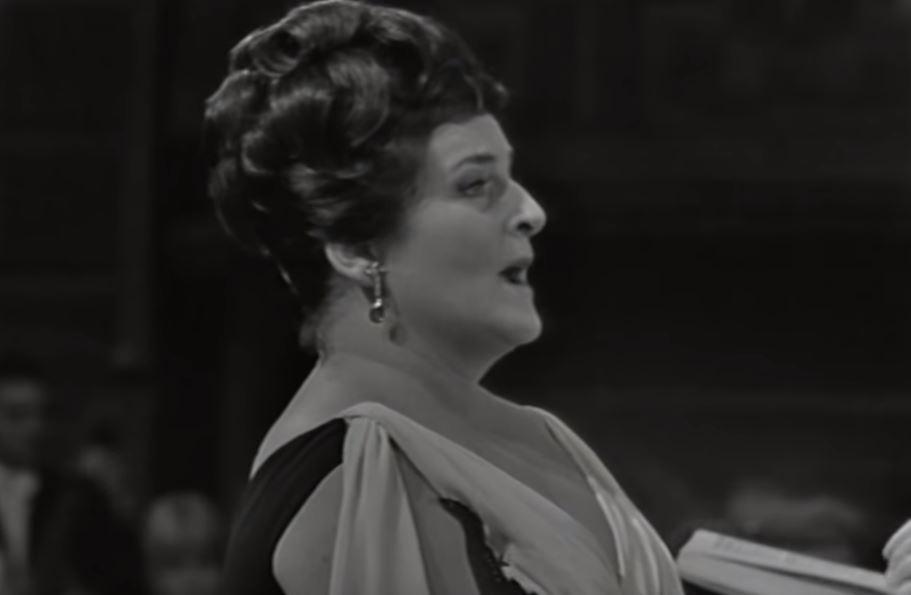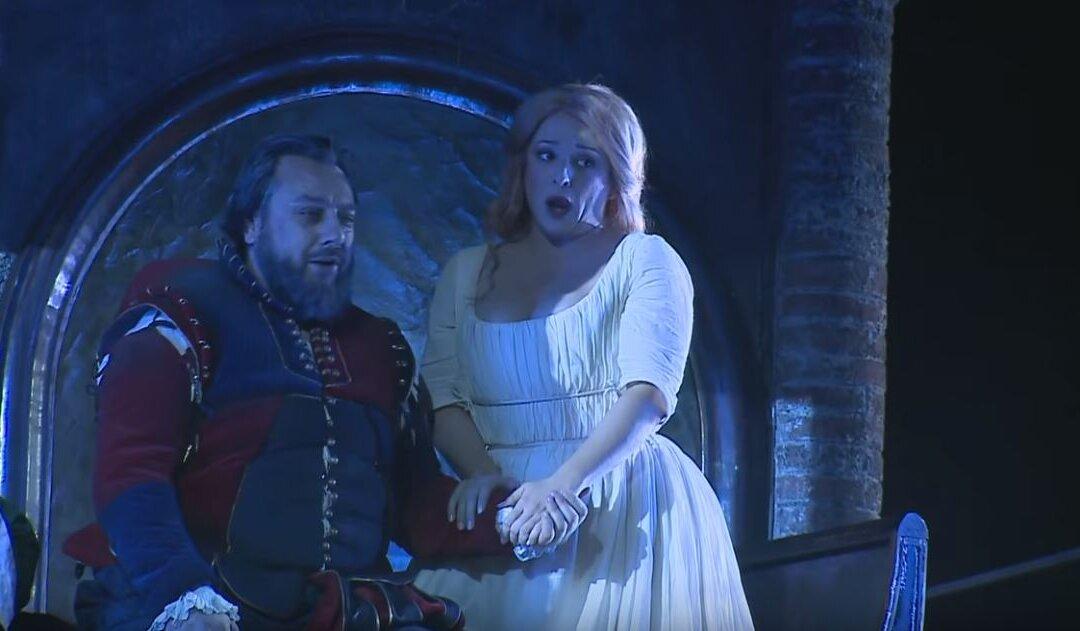This colorful and quirky new production of Mozart’s final opera is directed and designed by Netia Jones. The performance stars Louise Alder, winner of the Dame Joan Sutherland Audience Prize at the 2017 BBC Cardiff Singer of the World, in the role of Pamina.
Composed During Mozart’s Final Years
The Austro-Turkish war of 1788--1791 brought hardship to the musicians of Vienna as aristocrats tightened their purse strings. Food prices and taxes rose, there were riots over bread, and members of the cultural elite fled the capital fearing conscription for the war. Mozart’s anxiety over his financial situation severely reduced his compositional output.In debt, he was forced to beg for loans from friends. He also traveled outside Austria to give performances and secure new commissions, but this failed to earn him much money. With the war reaching its conclusion, wealthy patrons were once again able to offer their support to Mozart. His anxiety lifted and he recovered the will to compose.


